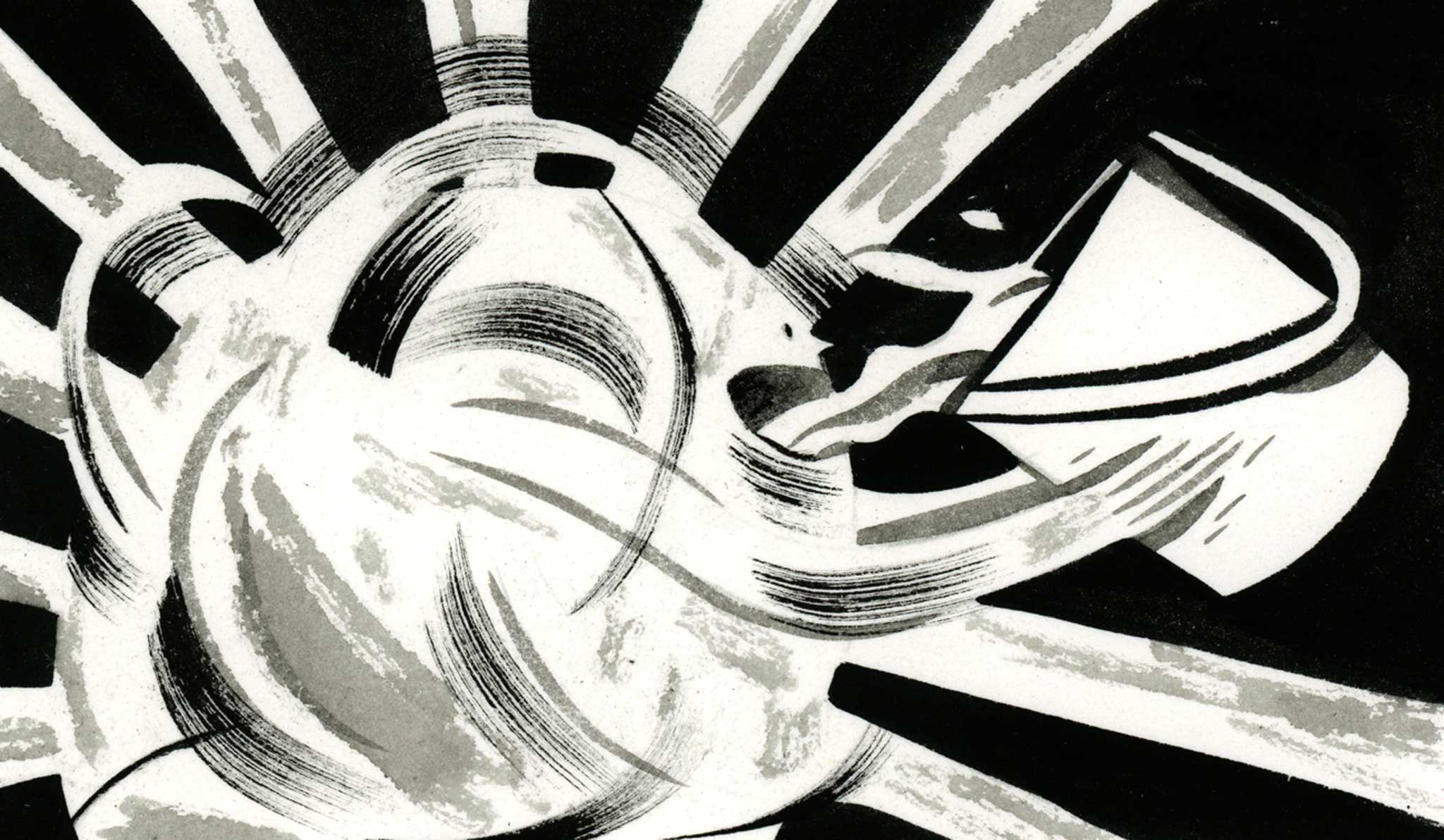Let me ask you this: 'If we pour a sun-sized bucket of water on the sun, will it go out?'

Your support helps us to tell the story
From reproductive rights to climate change to Big Tech, The Independent is on the ground when the story is developing. Whether it's investigating the financials of Elon Musk's pro-Trump PAC or producing our latest documentary, 'The A Word', which shines a light on the American women fighting for reproductive rights, we know how important it is to parse out the facts from the messaging.
At such a critical moment in US history, we need reporters on the ground. Your donation allows us to keep sending journalists to speak to both sides of the story.
The Independent is trusted by Americans across the entire political spectrum. And unlike many other quality news outlets, we choose not to lock Americans out of our reporting and analysis with paywalls. We believe quality journalism should be available to everyone, paid for by those who can afford it.
Your support makes all the difference.Nice question! Normally, when something burns on Earth, it burns through combustion. Combustion requires three things – fuel, air and heat. When we pour water on top of that, it extinguishes the fire by forming a coat of water on top of the fuel.
But the sun produces energy by crushing small atoms to larger ones using its own mass (nuclear fusion)... Naively speaking, the sun should just keep supplying energy and vaporising all the water in the 'bucket' as long as it can keep crushing atoms to form bigger atoms inside.
That much water will actually collapse on itself because of its own gravity. It will get much smaller because of the pressure as it collapses, and it will get much hotter at the centre. This is because the molecules have sort of fallen toward each other. They're moving faster, and that is what heat is – molecules moving fast.
Eventually, they will be moving so fast, that the hydrogen atoms in the water, which will be slamming into each other from time to time, will begin to fuse together to form Helium. Sort of like if you slam oranges together hard enough they could smash through each other's skin and form one bigger mass. When they fuse, they release even more energy, which makes their neighbouring atoms move faster, and drives the process on. Eventually this will make the water 'ignite' into a new sun itself.
A really good question. Maybe too hard to answer for anybody but an astronomer with some special software, as nothing like this happens in nature. A star makes a lot of carbon before it makes any oxygen, and here the oxygen is supplied first.
The probable answer is 'no'. The sun involves a special type of fire that is able to 'burn' water, and so it will just get hotter, and six times brighter.
Water is 89 per cent oxygen by mass. And the sun's overall density is 1.4 times that of water. So if you have a volume of water the volume of the sun, it will have 1/1.4 = 0.71 times the mass of the sun, and this mass will be .71*.89 = 63 per cent of a solar mass of oxygen and 8 per cent of a solar mass of hydrogen. The sun itself is 0.74 solar masses of hydrogen and 0.24 solar masses of helium.
So you end up with a 1.7 solar mass star with composition 48 per cent hydrogen, 37 per cent oxygen, and 14 per cent helium (with 1 per cent heavier elements). Now, will such a star burn? Yes, but not with the type of fusion the sun uses... It will be bluish-white with more UV. Along with six times the heat input the Earth's biosphere will be fried, and oceans probably boil.
These answers all come from quora.com, the popular online Q&A service. Ask any question and get real answers from people in the know
Join our commenting forum
Join thought-provoking conversations, follow other Independent readers and see their replies
0Comments